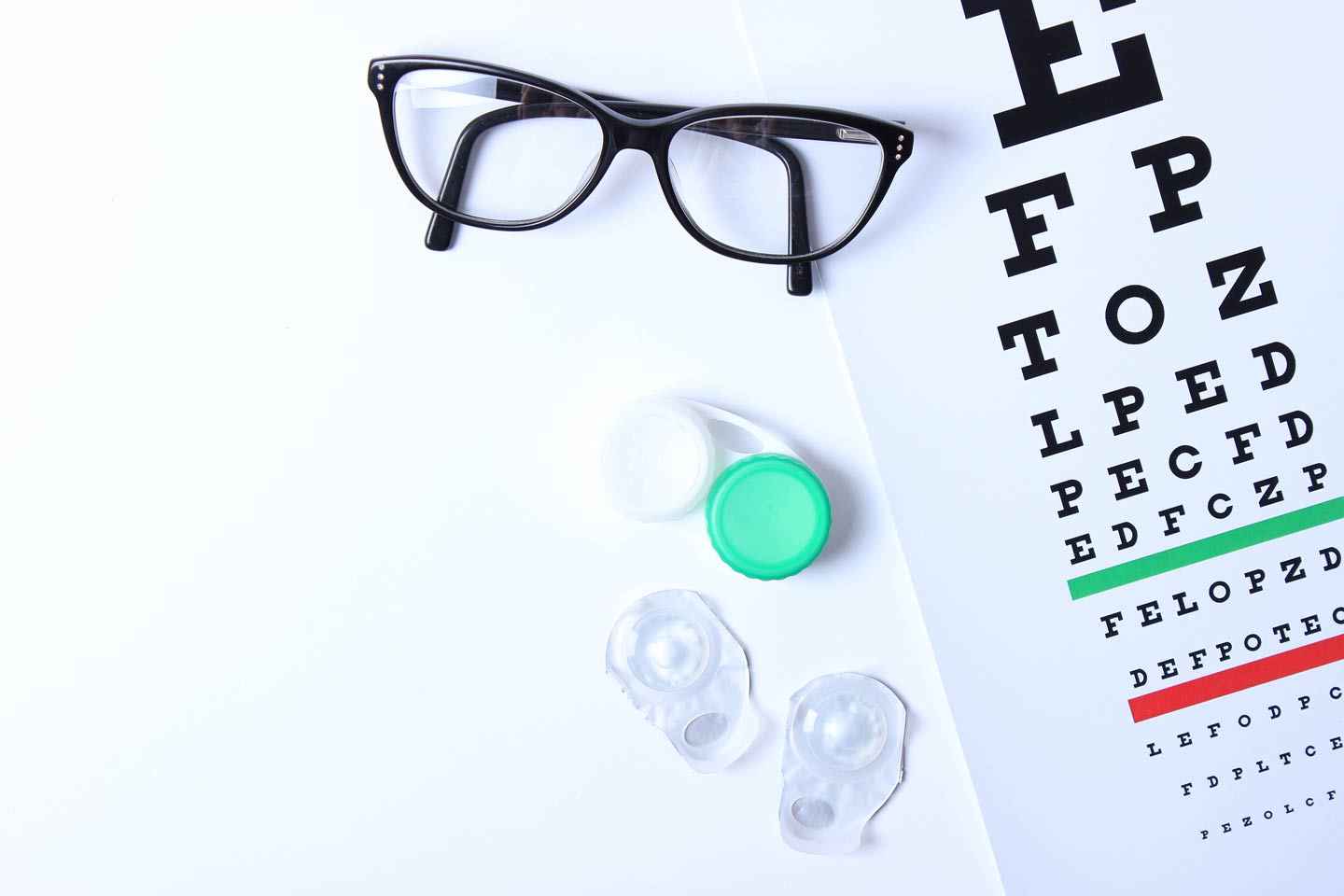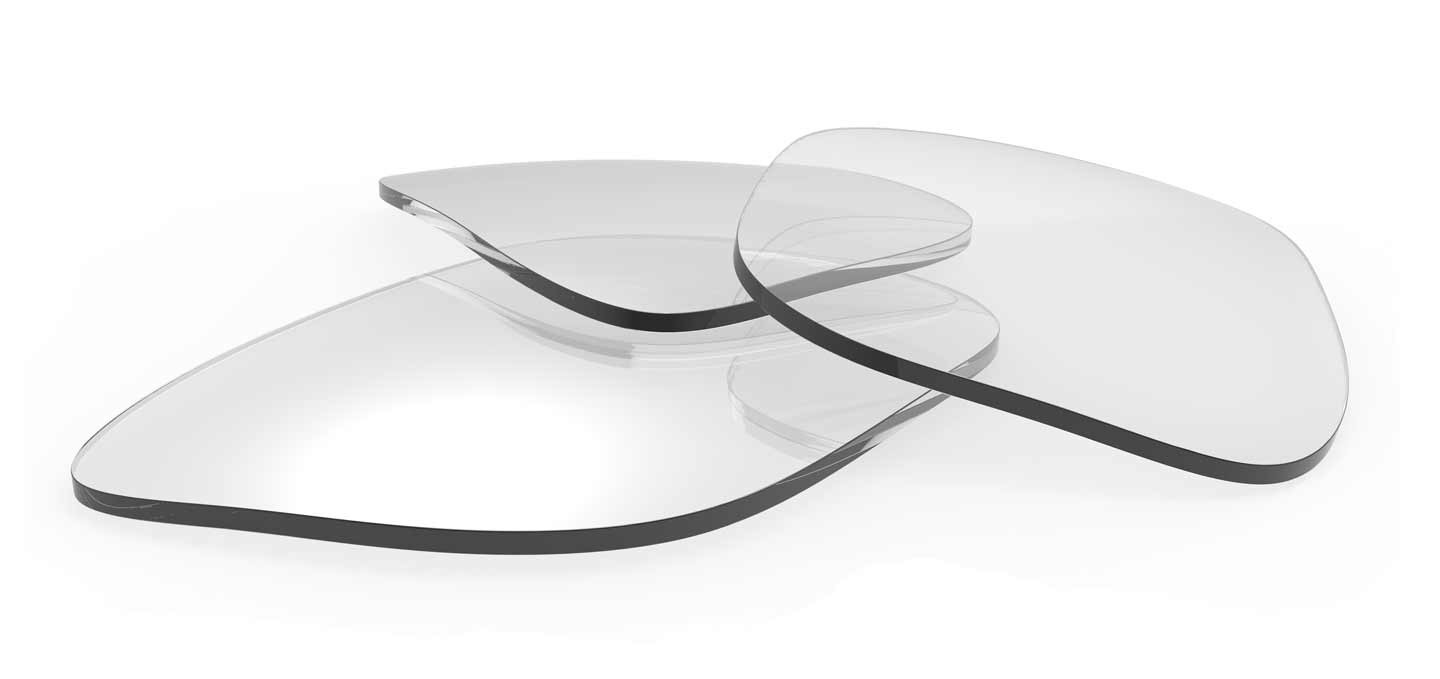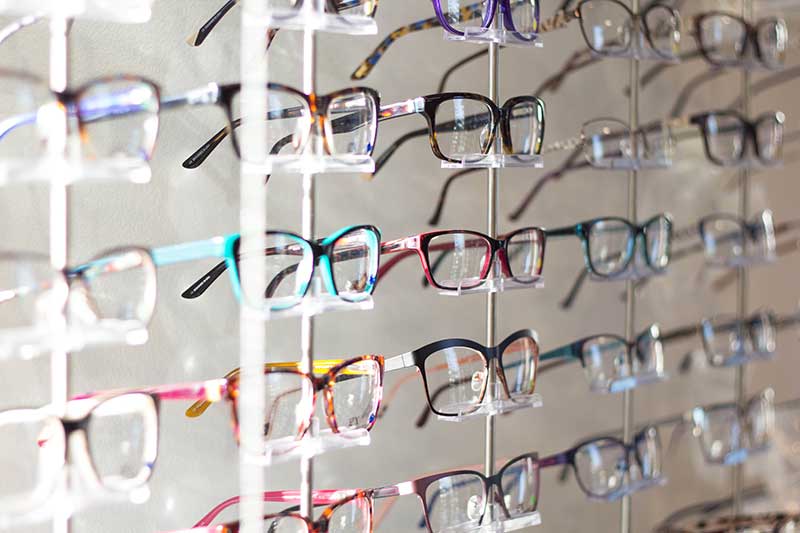
Our associates know how important your eyesight is to you.
Andersen Eye Associates Optical Boutique is the premiere provider of professional eye-care services in the Great Lakes Bay Region, specializing in vision correction with state of the art ophthalmic lenses, and custom contact lenses. Our Optical staff are certified by the American Board of Opticianry and the National Contact Lens Examiners.
Optical Boutique
Offering all eyewear lenses and designs
Full Eyewear Selection
Our Optical boutiques offer a full range of services to accommodate any lifestyle or budget. We utilize the newest technology and pride ourselves on the quality of products that we provide. We carry the latest designer frame brands and styles to keep you looking current and fashionable without sacrificing comfort. Our caring Opticians take the time necessary to find eyeglasses that are perfect for you. We have helped hundreds of patients satisfy their visual needs with quality prescription eyeglasses and sunglasses.
Optical Services Location and Hours
At Andersen Eye Associates’ two convenient locations, your ophthalmic needs—from eye examinations to selecting the correct eyewear—are met in one stop. Optical services are always available to you with no appointment. We will gladly adjust your eyewear and answer any questions.
Our Pledge
Your satisfaction is important to us. If you are not completely satisfied with your purchase within the first 30 days, let us know. We’ll do whatever it takes to make sure you are!

Our Opticians will assist you in determining which type of lens will best suit your optical needs. There are various lens options to choose from depending on your visual needs. Available lens options include single vision, bifocal, trifocal and progressive. See below to view which lens best suits your visual needs.
Optical Boutique
Lens Types
Single vision lenses have the same optical focal point or correction over the entire area of the lens.
Bifocal lenses have a straight visible line that defines separation of the lens. The upper portion of the lens is corrected for distance viewing and the lower portion of the lens is corrected for near viewing (14-20 inches)
Trifocal lenses have two straight visible lines that define separation of the lens. In addition to correction for distance and near, a third segment for intermediate viewing (20-36 inches) is added.
Progressive lenses are very similar to trifocal lenses. However, with progressive lenses, the lines have been eliminated providing a smoother transition between distance, intermediate, and near vision.
Computer lenses are specifically designed to decrease eyestrain for those patients who spend more than two hours a day on a computer. They provide a larger viewing area for computer and reading distances than progressive lenses relieving symptoms of blur, eyestrain, as well as pain in the shoulders, neck, and back.
Anti-fatigue lenses are designed to help relax our focusing system. In other words, they help prevent you from overworking or exhausting the muscle that controls your focusing system. The upper portion of the lens provides perfect distance vision with a subtle change in power towards the bottom of the lens, which provides additional prescription to help relieve the strain of near work. In essence, the added prescription allows the lens to do the work instead of your eyes.
Optical Boutique
Lens Materials
Glass lenses are of limited availability today. They are heavier, thicker, less protective and less cosmetically appealing than other types of lenses. They also come at a higher cost due to their availability.
Plastic lenses were introduced in 1962 and became more popular than glass lenses in the 1980s. Traditional plastic lenses are as thick as glass lenses, but they are much lighter.
Trivex Lenses introduced in 2002 are similar to polycarbonate lenses as being lighter, thinner, and more impact-resistant than glass or plastic lenses. However, trivex lenses offer better clairity than ploycarbonate. Trivex lenses have a higher tensile strength than polycarbonate lenses making them less likely to crack, especially in drill-mount frames, while offering the lightest weight material available today.
Polycarbonate lenses are lighter, thinner, and more impact-resistant than glass or plastic lenses, but the clarity is not as sharp. These lenses are commonly used and recommended for children as well as for safety glasses.
High-index plastic lenses tend to be more expensive than regular plastic lenses, but they are the best option for more than half of all patients when considering weight, thickness, and appearance.
Photochromatic lenses darken when exposed to sunlight and become transparent when in dim light.
Polarized lenses are available in non-prescription and prescription sunglasses as well as sunglass clips. These lenses reduce the glare coming from objects you are viewing, such as a wet street, windshield, oncoming cars, and snow. They are naturally UV protective and available with scratch-resistant coatings.

Optical Boutique
Lens Options
Scratch-resistent coating can be applied to plastic lenses and is generally a standard feature on progressive, high-index, photochromatic, polycarbonate, and trivex lenses. Once you select a lens material, you can also select whether to add the following options:
Scratch-resistant coating can be applied to plastic lenses and is generally a standard feature on progressive, high-index, photochromatic, and polycarbonate lenses.
Anti-reflective coating is a multi-layered coating that reduces lens surface reflection and improves vision by allowing more light to pass through the lens optimizing visual acuity. Anti-reflective coating reduces glare and halos around lights at night and eliminates unattractive reflection on your lenses.
Ultraviolet coating is an additional lens application that blocks the transmission of ultraviolet A (UVA) and ultraviolet B (UVB) emissions from the sun.
Tinted lenses are an option for patients who are particularly sensitive to bright lights and sunlight.
Digital Anti-reflective coating is a protective coating that reduces the blue light emitted by digital screens. If you’re unfamiliar with digital eye strain, it’s that tired, irritated feeling you get in your eyes after looking at a digital screen for a few hours. It is the optimal solution for the large group of users who come into contact with digital screens throughout the day. As well as protecting the eyes, the coating provides higher contrast and a more relaxed viewing experience.
Hoya Recharge is a protective coating that reduces the blue light emitted by digital screens. It is the optimal solution for the large group of users who come into contact with digital screens throughout the day, including students, games, young professionals, office workers, and children. As well as protecting the eyes, the coating provides higher contrast and a more relaxed viewing experience.
Mirror Coatings come in a variety of colors and are highly reflective. Often paired with polarized lenses, eyewear with mirror coats are generally used for outdoor activities. Its highly reflective properties reflect heat and glare, and can enhance the visual comfort of the wearer in outdoor situations.
Andersen Eye Associates offers a variety of designer brand frames for your individualized lenses. Our Opticians are especially trained to assist you in choosing the best fitting frame that is both flattering and fits your lifestyle. We can help you make the right choice on the basis of your unique face shape, skin tone, and prescription. Offering a quality line of frames to accommodate any lifestyle or budget, for both adults and children.
Optical Boutique
Frame Options
Selecting the right eyeglass frame for you can be exciting, particularly if you want a new look. Your optician can help you find the frame material, size, shape, and color that best suits you.
Size: While smaller frames are still the norm for prescription eyeglasses, bifocals and progressive lenses do require a minimum frame size in order for the lens to function properly. Larger frames provide a wider field of vision, but can increase the weight and edge thickness of the lenses, depending upon prescription.
Shape: Eyeglass frames are quite varied, so lens shapes may be round, oval, rectangular, or any combination of shapes.
Material: Frames can be constructed from plastic, stainless steel, titanium, metal alloy, and other derivatives of plastics and metals. Each material varies in terms of weight, flexibility, durability, and cost.
Hinges: In addition to the traditional hinges on eyeglass frames, many frames have spring hinges that bend in both directions. This feature is particularly important for children and active adults who are more likely to have their glasses hit by balls, toys, and other people.
Nose pieces: Virtually all metal and titanium frames rest on the nose using nose pads, while plastic frames often rest directly on the nose. It is important to be sure that nose pads or frames rest properly on your nose.
Specialty Glasses
While less commonly sold than general purpose eyeglasses, the following types of specialty eyeglasses are available at Andersen Eye Associates:
Computer glasses generally have single-vision lenses corrected to crisply see objects 18-30 inches away.
Reading glasses are similar to computer glasses but are corrected to see objects 14-16 inches away. These glasses are ideal for reading books and newspapers, or for hobbies that require fine near vision.
Hunting glasses are made with sturdy frames and polycarbonate lenses that can withstand the rigors of hunting and provide needed eye protection. In addition, the lenses are often corrected to specifically enhance distance vision, and a yellow tint may be utilized to increase vision in dimly lit environments.
Computer Lenses are specifically designed to decrease eyestrain for those patients who spend more than two hours a day on a computer. They provide a larger viewing area for computer and reading distances than progressive lenses relieving symptoms of blur, eyestrain, as well as pain in the shoulders, neck, and back.
HoyaSync Lenses are a modern single-vision lens for wearers who have dynamic visual demands at various distances from the use of digital devices such a smartphones, tablets and computers. The design component is placed across the entire surface of the lens providing a wide, edge to edge functional area recommended for teen and millennial wearers who spend more than two hours per day on a digital device.
Designer Eyewear
At Andersen Eye, we offer a variety of designer eyewear brands for our patients, and at affordable prices.



